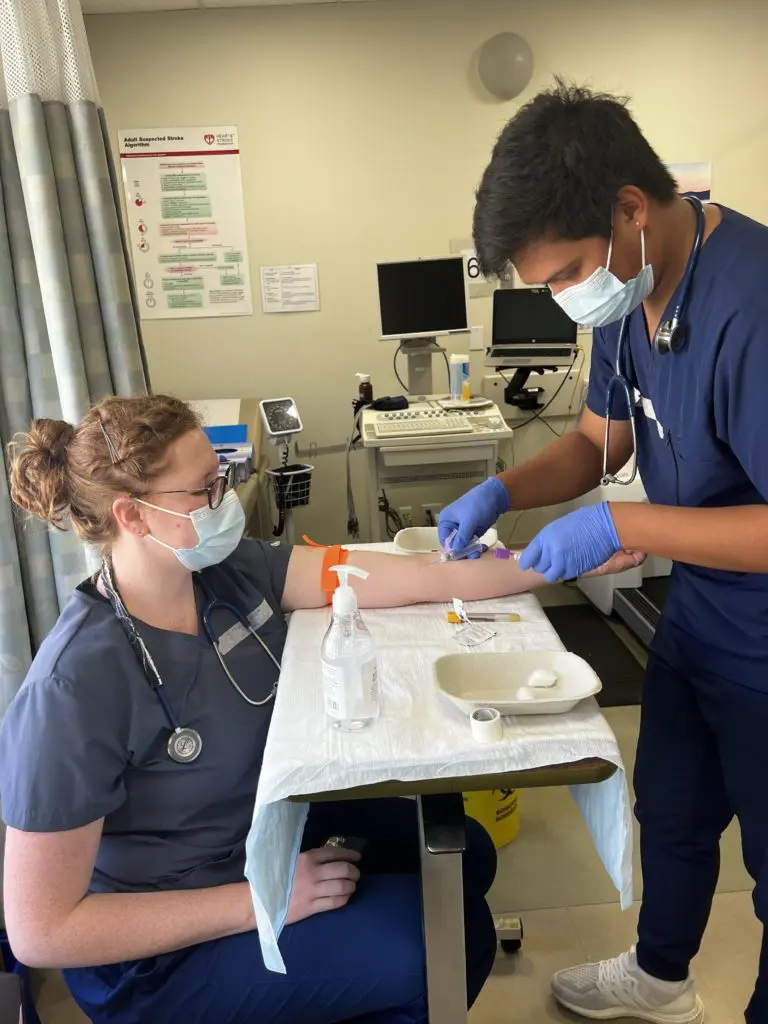Today’s society is becoming more and more focused on wellbeing, which means that individuals are becoming more aware of the need to maintain their heart health. Diet, exercise and other healthy habits all play a key role in trying to decrease our risk of heart disease—known to be one of Canada’s leading illnesses and causes of death.
An exercise tolerance test (ETT), also known as a cardiac stress test, is a way that physicians can find out how well a patient’s heart handles work. To perform an ETT, patients usually walk on a treadmill or pedal a stationary bike while their heart rate and blood pressure is monitored.
Sometimes, the patient will be asked to breathe into a tube while performing the test in order to measure oxygen levels and breathing function with their increased heart rate. The treadmill never goes too fast, and patients can stop the test at any time, if needed.
Read on to find out more about exercise tolerance tests, and how they help improve the health of our population.
What Patients Should Receive an ETT?
Experts recommend an ETT to patients with a medium risk of coronary heart disease. Risk factors include high cholesterol, hypertension, smoking, family history of coronary issues and diabetes.
If you’re studying for a career as a cardiology technologist, it’s important for you to know that the test usually happens in three phases:
- First, medication is injected into the patient’s arm, and after it circulates, an initial set of pictures of their heart are taken using an imaging scanner.
- Secondly, they undergo the exercise portion of the test, which takes about 10-15 minutes.
- Lastly, a second set of pictures is taken.
As students will learn in cardiology technologist courses, it’s typical that before the second set of pictures, patients may be instructed to go eat a meal and return two hours after the exercise portion, so that their heart rates return to their normal state.
What Does an ETT Reveal to Cardiology Technologists?
Cardiology technologist training teaches students how to hook a patient up to an electrocardiogram (ECG), which is used to monitor heart rate throughout the test. The patient is connected to the machine via a series of electrodes placed on the chest, arms or shoulders.
Physicians recommend an exercise tolerance test as a useful screening tool to:
- Diagnose coronary artery disease
- Diagnose whether symptoms like shortness of breath, chest pain or dizziness are related to heart issues
- Check for irregular heart beat
- Monitor the effectiveness of treatments patients have received for heart disease
- Predict the risk of dangerous conditions such as a heart attack
If a patient is able to achieve the target heart rate, exercise tolerance tests are capable of diagnosing disease in approximately 70% of patients with coronary artery disease.And, unlike other more invasive forms of heart tests, results from an ETT are instantaneous.
What other medical uses are there for an exercise tolerance test?




![An ECG demonstrates the extensive antero-septal-lateral myocardial infarction [heart attack] that Taryn witnessed.](https://stenbergcollege.com/wp-content/smush-webp/2022/12/ecg-1024x530.jpg.webp)





